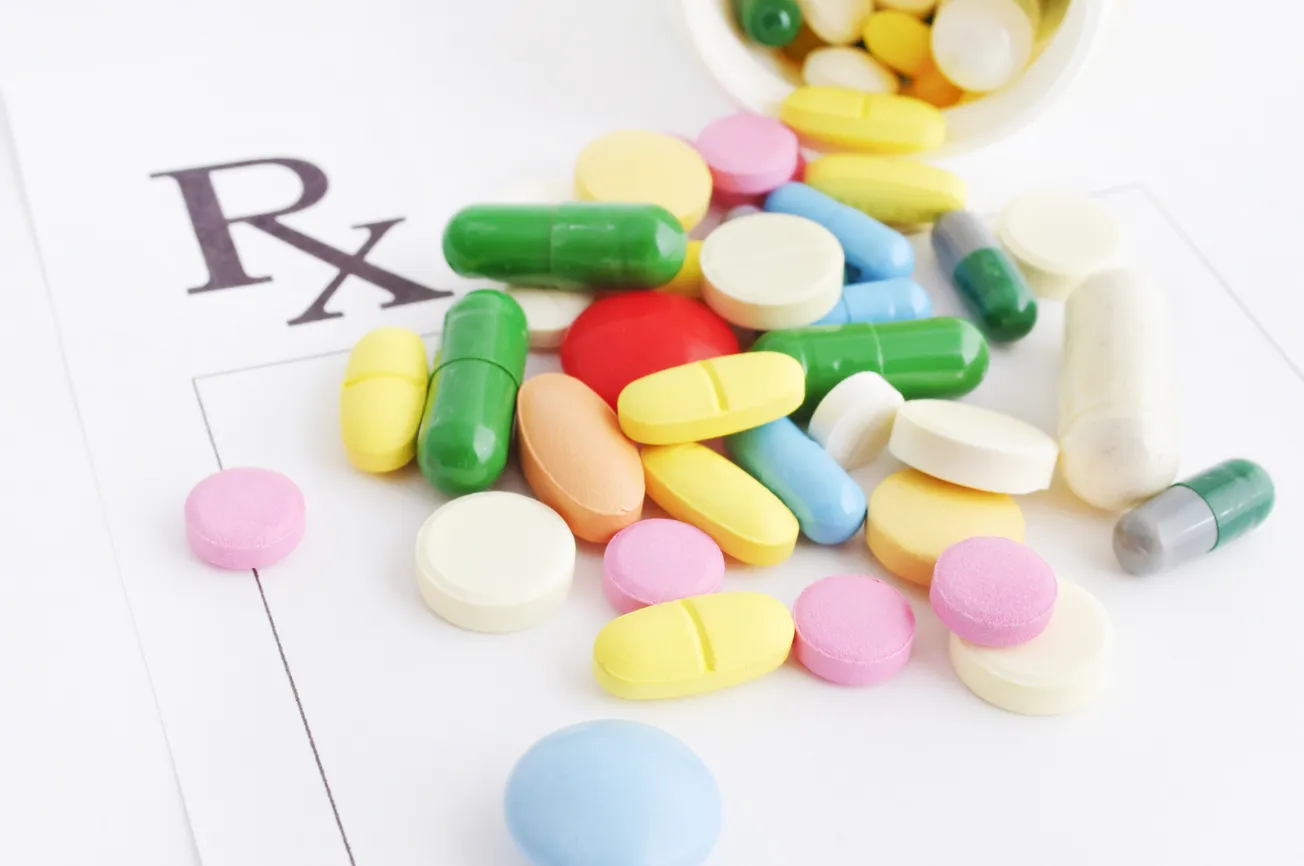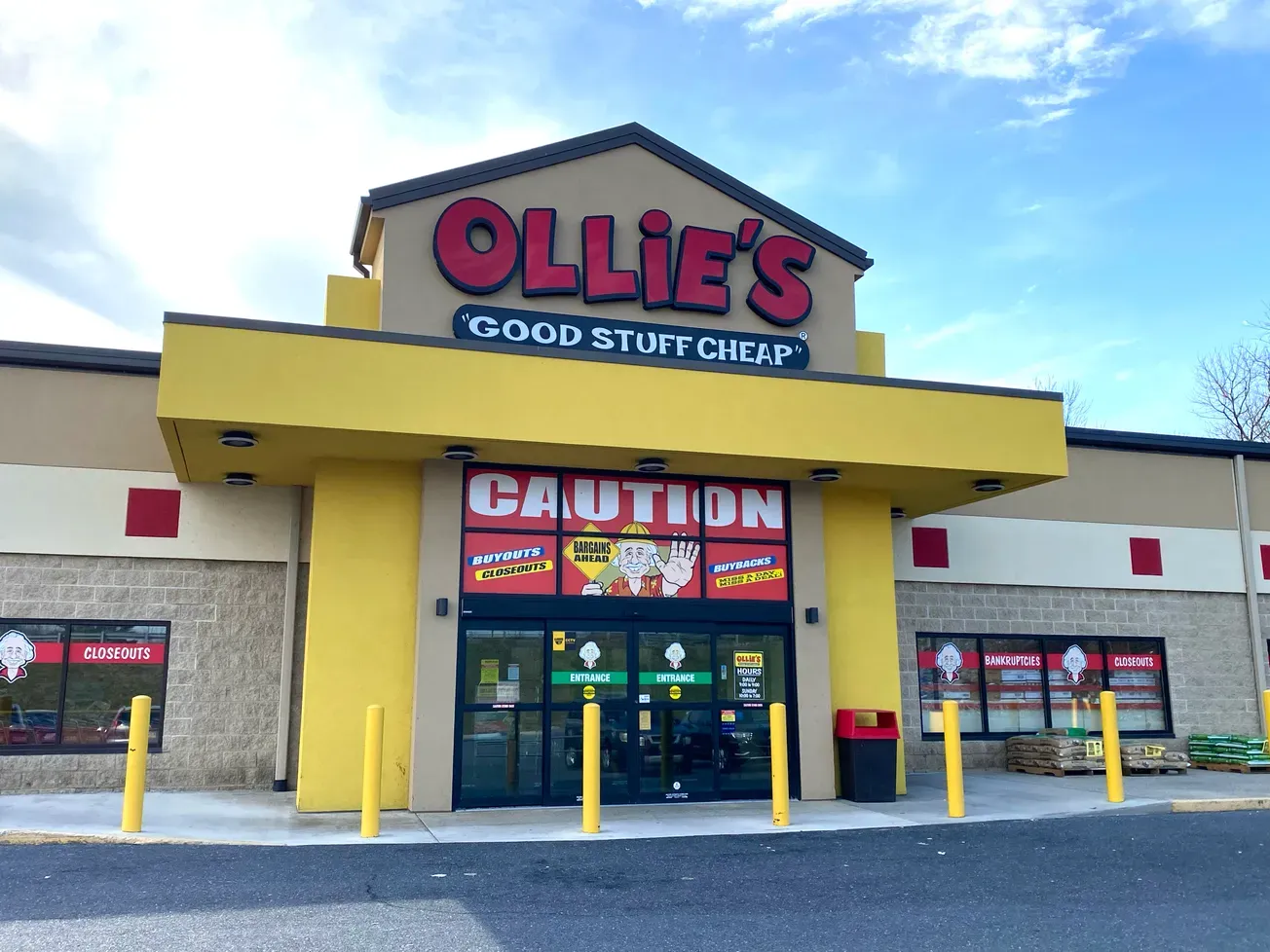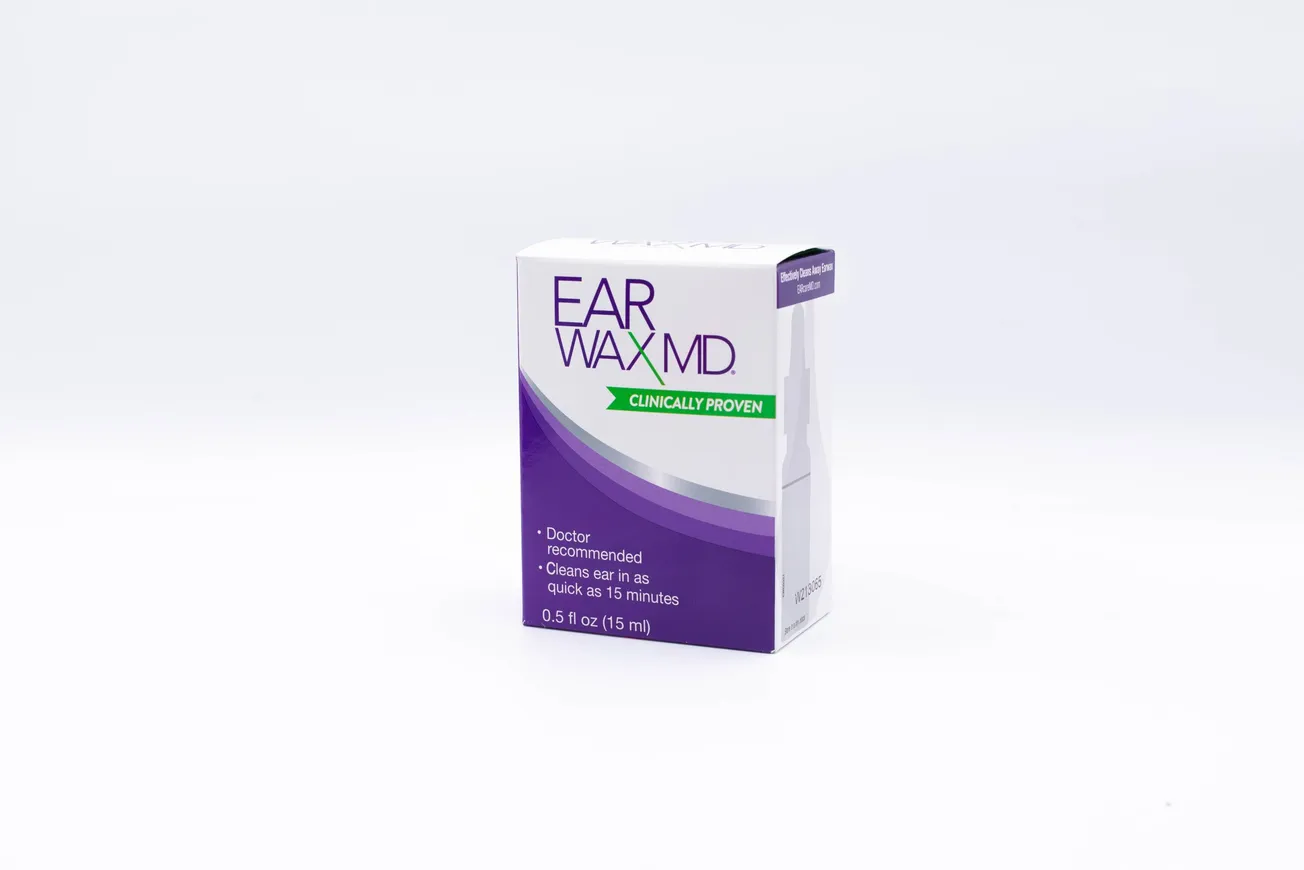As a professional who builds and optimizes e-commerce sites for retailers and consumer packaged goods firms, I’m fascinated by logistics and, once ordered, getting products to the customer in the quickest, most efficient way.
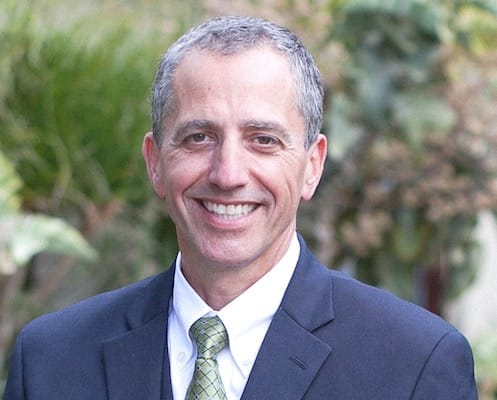
Sam Cinquegrani, ObjectWave
Most recently, we heard that CVS Health is launching a one-hour curbside pickup wherein the customer doesn’t even have to get out of the car — using a mobile app, customers can order online and get their order delivered to their vehicle when they drive up to the store.
In terms of home delivery, I’ve been intrigued by Amazon’s field testing of its two-hour delivery service in San Diego and other cities. With this, Amazon is using an alternative to the hub-and-spoke system which UPS exemplifies, wherein they fill the truck, unload it by making successive deliveries, and it comes back empty to the depot, to be filled again.
Instead, Amazon is testing a new system that involves constant pickups and delivery en route, wherever that route may take the driver, thereby no longer relying on a fixed place where the car or truck would be loaded up. In this decentralized approach, Amazon, like Macy’s, is considering using Uber drivers to do last-mile and short-cycle deliveries.
Along these lines, we at ObjectWave are working with a leading pharmacy chain in Mexico City, Farmacia San Pablo, that has the capacity to deliver prescription drugs to the patient’s door within an hour. One hour. They have 80 stores spread across Mexico City, and in this model, each store doubles as a distribution center.
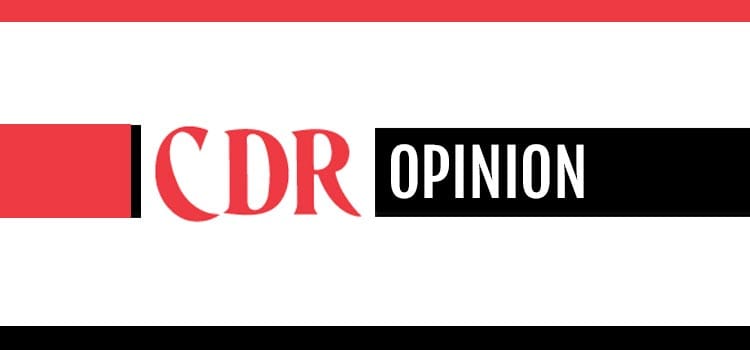
Currently, the handling is highly manual. The patient has to telephone a call center, and somebody on the other end picks up the phone and initiates the process of filling the prescription. But within a year, they’ll be doing this all through digital interfaces — online and mobile.
Customers will be able to send a photo of their prescription from their phone through the system, and once the pharmacy receives the prescription, they’ll fill it and deliver it — again, within an hour. In some cases they’ll even pick up a prescription at the same time they’re making a delivery to another customer.
In Mexico City not having to trek out to the pharmacy is a big deal, given that traffic there is impossible. But the delivery people are on scooters, wending their way in and out of all that traffic. By taking the lead on one-hour delivery, and bringing this into the digital realm, this pharmacy chain is so focused on what’s important to their customer, it puts this company way ahead of the competitors.
Think of it this way: If the patient is sick, what is the last thing he or she wants to be doing? Having to leave the house, head for the pharmacy and sit there a half hour waiting for a prescription to be filled. And in this case, as long as the order is $30 or more, the delivery is free.
You may ask, If Mexico City can do this, why can’t we do it in the U.S.? There’s a lot we can learn from the model this Mexico pharmaceutical chain has developed.
Right now, pharmaceutical delivery in the U.S. is in a sad state of hyper-regulation and inefficiency. This is what one major chain has to say about pharmacy home delivery: “Estimated delivery time is a sum of processing time (one to two business days on average) plus shipping time.” This is one to two days to process the script, while in Mexico they’re processing and delivering with their fleet of scooters within an hour.
Then there are the fees: If you’re willing to wait five to seven days, it’s free. Second-day delivery is $8, and overnight delivery is $15. But the final setback comes in the fine print. Due to federal regulations, not all shipping methods are available for all medications. On one chain’s home delivery web page, there’s a caution that you must be signed up for Prescription Management, and “take the time to complete, verify and update your health profile and insurance information.” Obviously home delivery is not an option for anyone in critical or urgent need.
As so often happens in the U.S., it’s up to technology, and start-ups such as pharma delivery company PillPack, to sort out these detailed compliance issues and make improvements in the system. PillPack uses robotics technology to presort and date all prescription medications into individual packets before delivering them.
In terms of our work, technology enables that Mexican pharmacy to create a digital commerce transaction through the customer’s mobile device, which allows them to process the medication the customer needs and get it to them within an hour. Their ability to receive and process the prescription and get it to the customer via their scooter force is all done through technological programming.
In the U.S., we certainly have the technology to initiate a series of events by taking a picture of your prescription with your phone, attaching it to your online or mobile order, and sending it to your drug store’s fulfillment center. And if you’ve set up payment ahead of time, it becomes a “one-click” approach. We have that too.
But will the regulatory environment allow us to use these capabilities to create one-hour delivery? Can the regulators find a way to keep consumers safe, which is the goal of the regulations, without getting in the way of progress? Well, they’re managing to do this in Mexico City.
Sam Cinquegrani is founder and chief executive officer of ObjectWave Corp., a full-service provider of digital commerce solutions.

